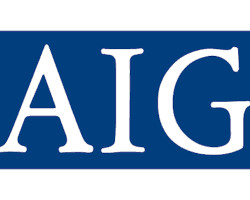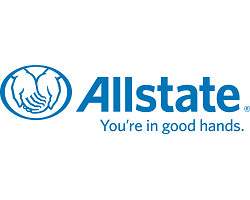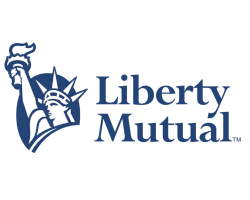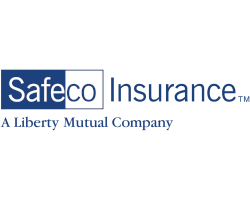Know Your Rights
Insurance companies often try to steer customers toward their preferred shops, but you have the right to choose where your vehicle gets repaired. Don’t settle for anything less than top-tier service and high-quality repairs.
- Choose Your Repair Shop: You’re not required to use an insurer’s endorsed shop.
- Demand Quality Parts: You can request original manufacturer parts instead of aftermarket parts.
- Challenge Estimates: If the insurance estimate seems low, you have the right to dispute it.
At DaSilva’s Auto Body, we prioritize quality, transparency and your safety. Contact us for an estimate today!
Contact Us


Seamless Insurance Process – We Handle Everything
We work directly with all major insurance companies to make the process effortless for you. From claim submission to the final repair, we take care of the details.
- Direct insurance communication – no hassles for you
- Rental car scheduling assistance
- Pickup & towing services available
- Ride service to your home or rental center
Unmatched Craftsmanship & Quality Assurance
At DaSilva’s Auto Body, we take pride in delivering expert-level craftsmanship. Our team consists of highly skilled craftsmen who ensure your vehicle is restored to its pre-accident condition – or better!
- Skilled technicians with years of experience
- Precision repairs with high-quality materials
- Transparent process from start to finish
- Customer satisfaction guaranteed!
Accepted Insurance Companies
We take all major insurances, including the following:

















Frequently Asked Questions
Do I have to use the repair shop my insurance recommends?
No. You have the legal right to choose any repair shop you trust.
Will my insurance cover OEM parts?
It depends on your policy. Some policies only cover aftermarket parts unless OEM parts are specifically requested.
What if my insurance estimate is too low?
You can dispute it and request a revised estimate or an independent appraisal.





